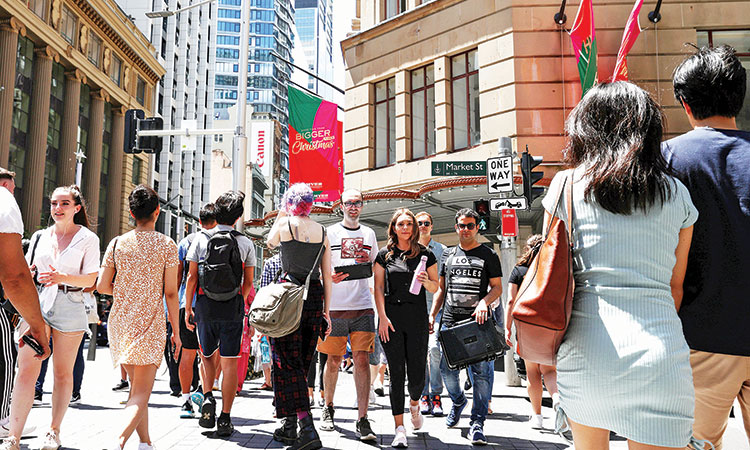
The annual growth rate of the consumer price index (CPI) decreased to 3.5% in July from 3.8% in June, according to data released on Wednesday by the Australian Bureau of Statistics.
Because the number was marginally higher than expected (3.4%), markets extended the odds of the Reserve Bank of Australia’s first easing to 48.4% in November from the previous 58%. The yield on a three-year bond increased by four basis points to 3.559 percent, while the Australian dollar increased by 0.1% to $0.6803, roughly its highest level this year.
The CPI was flat every month in July compared to June due to decreases in petrol and electricity costs of 2.6% and 6.4%, respectively, but rent, food, and gas prices rose.
The July inflation estimate is deceptive and full of smoke. According to Moody’s Analytics economist Harry Murphy Cruise, “at face value, the fight against inflation looks to have made significant progress, but some of that improvement came from rebates that artificially lowered the cost of electricity.”
Prices remain the same in the end, even though that improves the headline inflation figure greatly.
According to the statistics agency, the federal and state governments’ electricity subsidies, which commenced in Queensland and Western Australia last month and will extend to other states and territories starting in August, are the real cause of the decline in headline inflation.
Also Read:
A Visionary Coach And Empowerment Expert: Neetu Choudhary
Technical Team for Social Data Portal Project Approved by SEC






